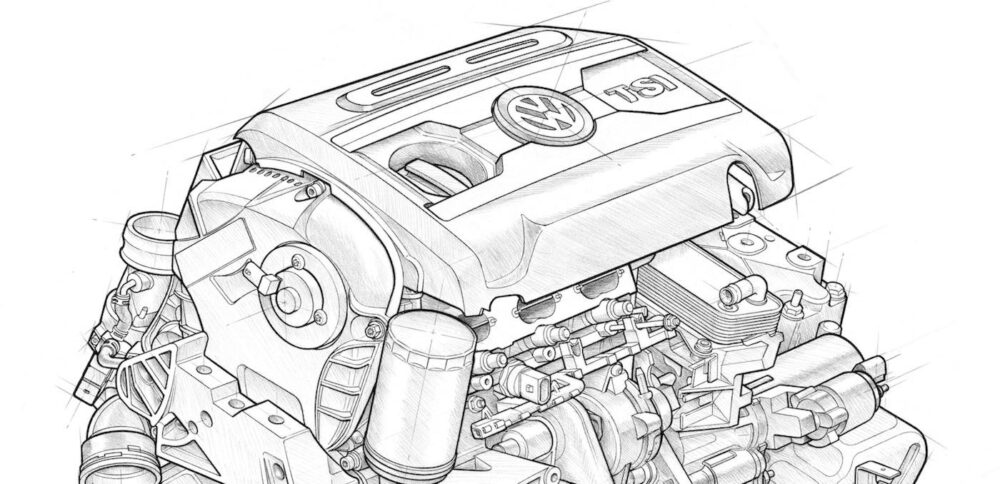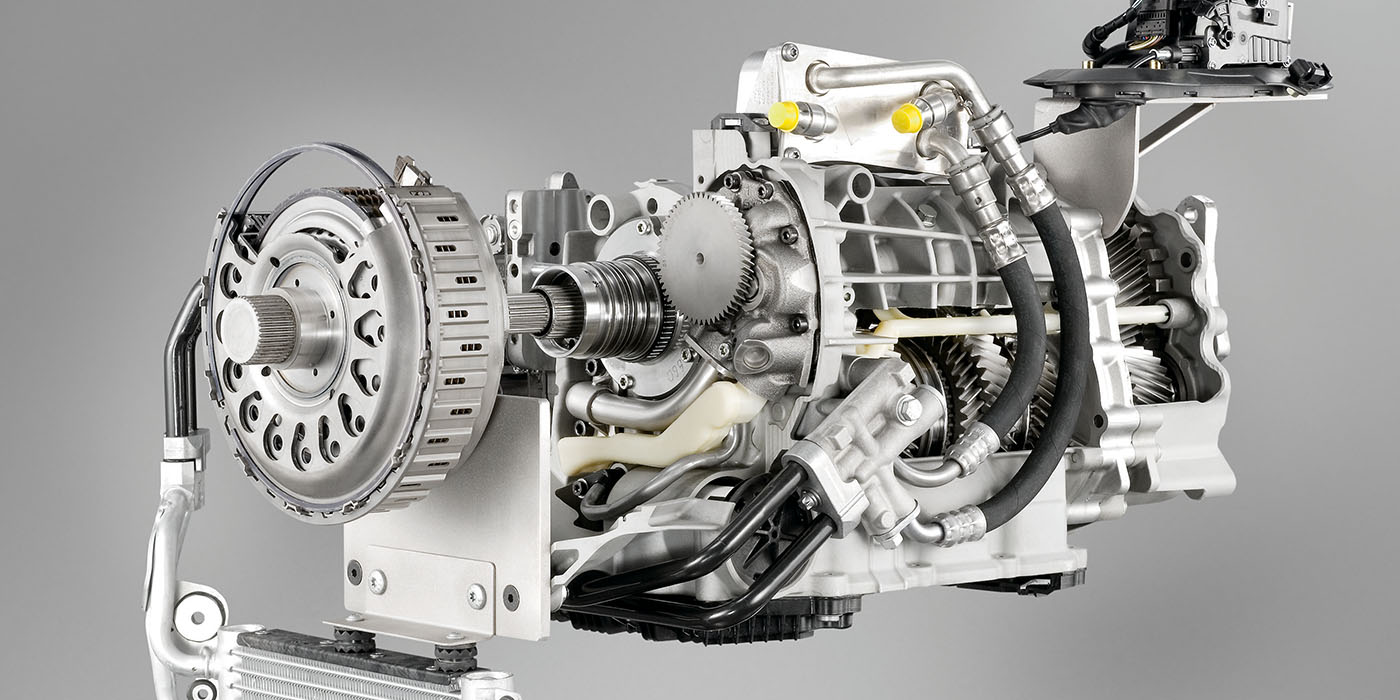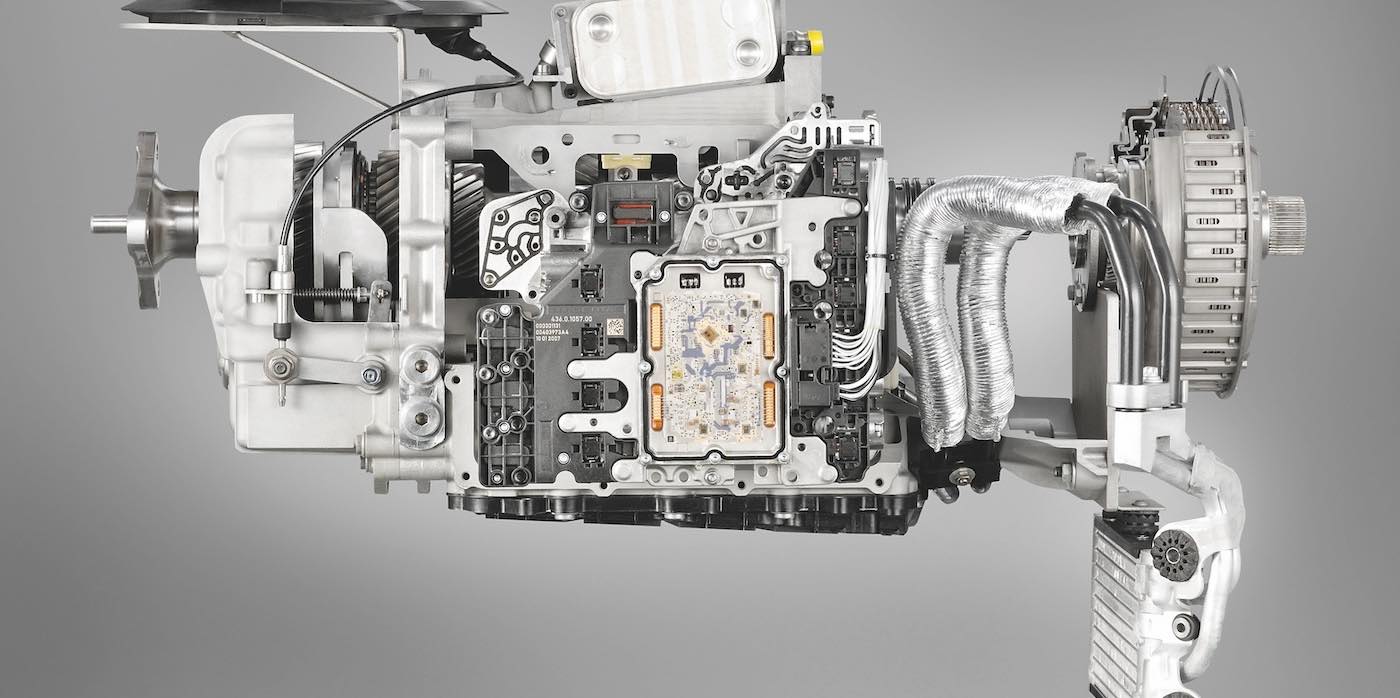
Condition:
A squeak, creak and/or a knocking noise from the front of the vehicle may be evident when driving over rough terrain.
Cause:
This may be caused by debris that’s contaminating the contact face between the Dynamic Response front stabilizer bar and bushings. This TSB does not apply to Autobiography Black or SVO models. Should a customer express this concern, follow these repair procedures.
Parts:
LR110782 – Front stabilizer bar bushes (2)
LR050753 – Screw (4)
LR045743 – Bolt (2)
Repair Procedures:
The Dynamic Response front stabilizer bar must be cleaned back to the paint in the area where contact is made with the bushings.
The paint on the Dynamic Response front stabilizer bar may be worn away; this is an acceptable condition. Note: Do not install a new stabilizer bar for this issue.
Install the new Dynamic Response front stabilizer bar bushings. Remove dirt and/or debris from the section of the Dynamic Response front stabilizer bar that is clamped in the bushing. If paint is present, it does not need to be removed. If required, use a locally sourced suitable strip of 320 grade abrasive paper/cloth to remove any built-up deposits. Use a locally sourced suitable brake cleaner to remove any dirt or grease residue.
Courtesy of Mitchell 1.













